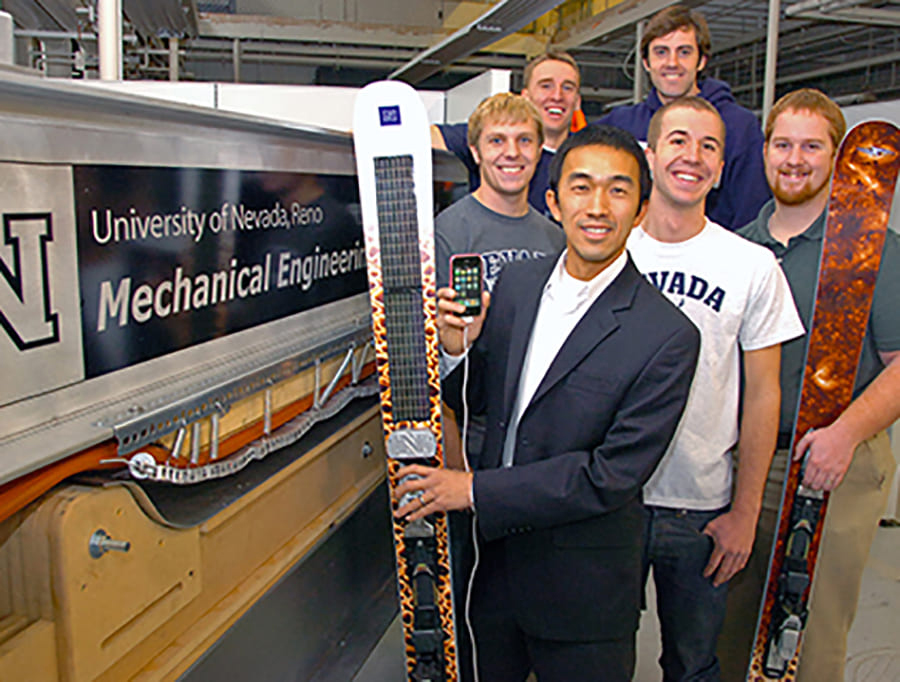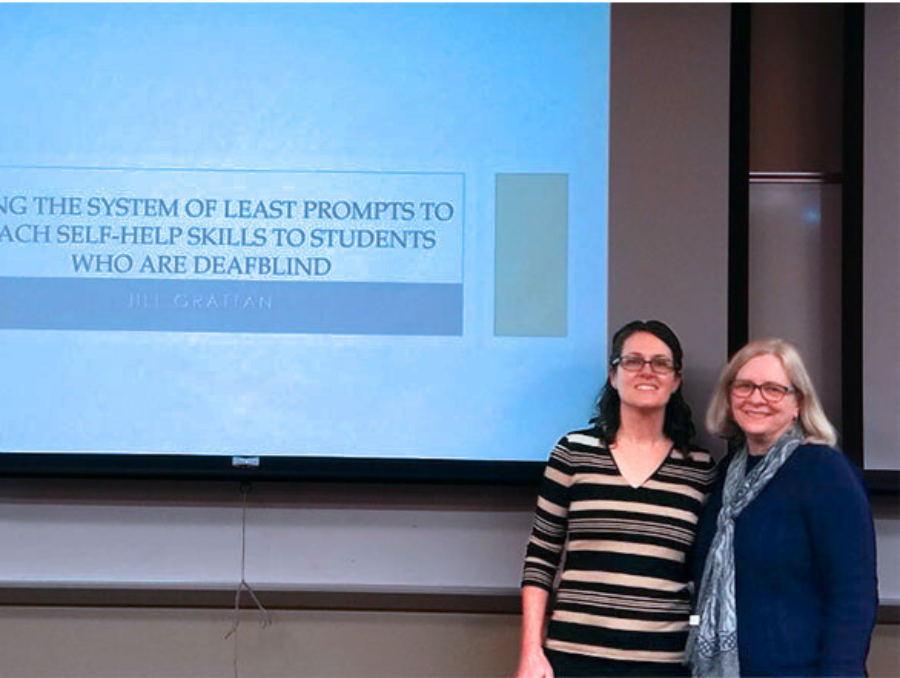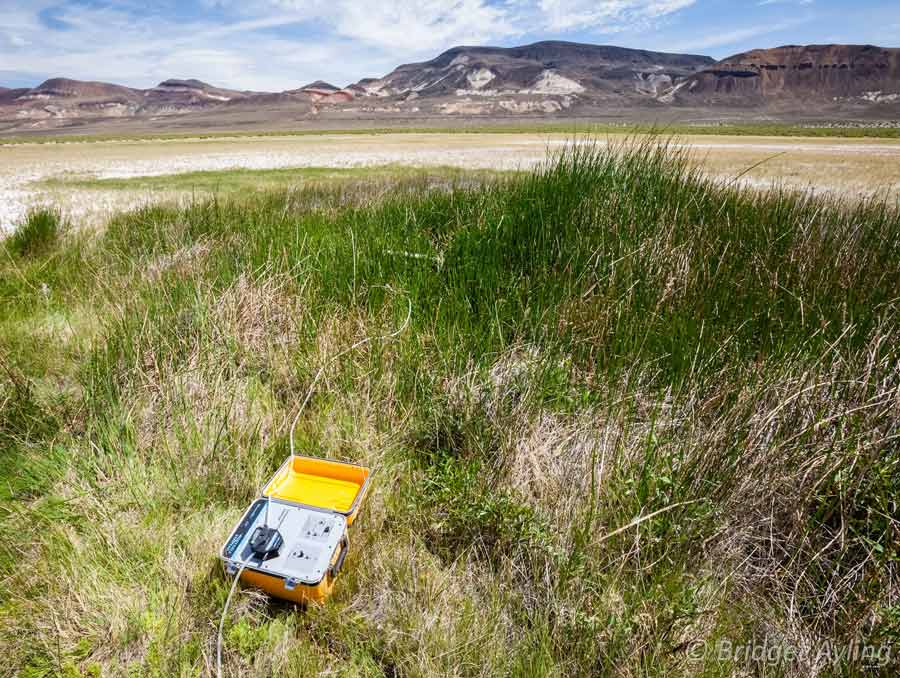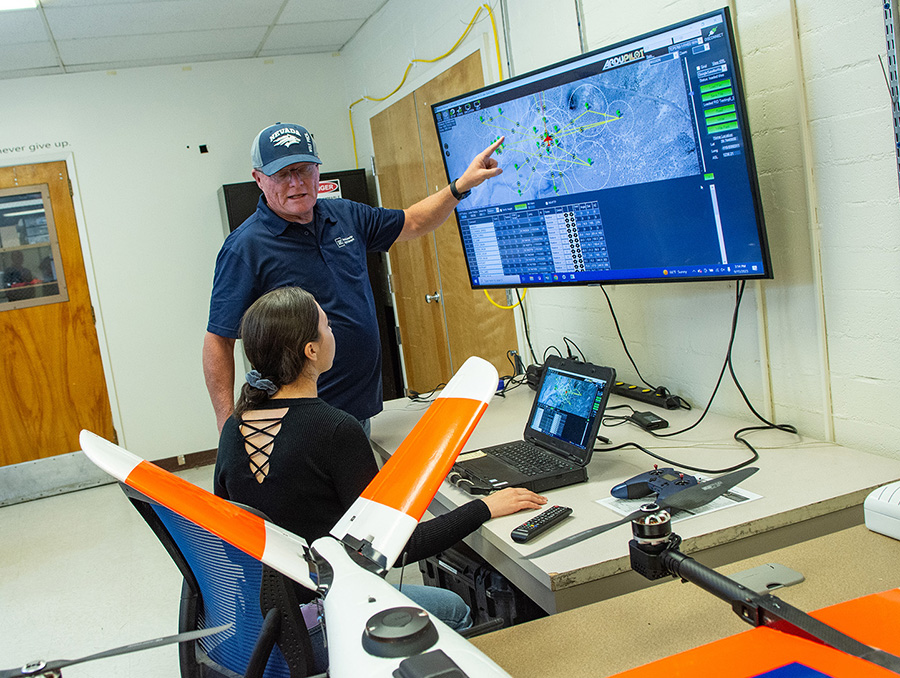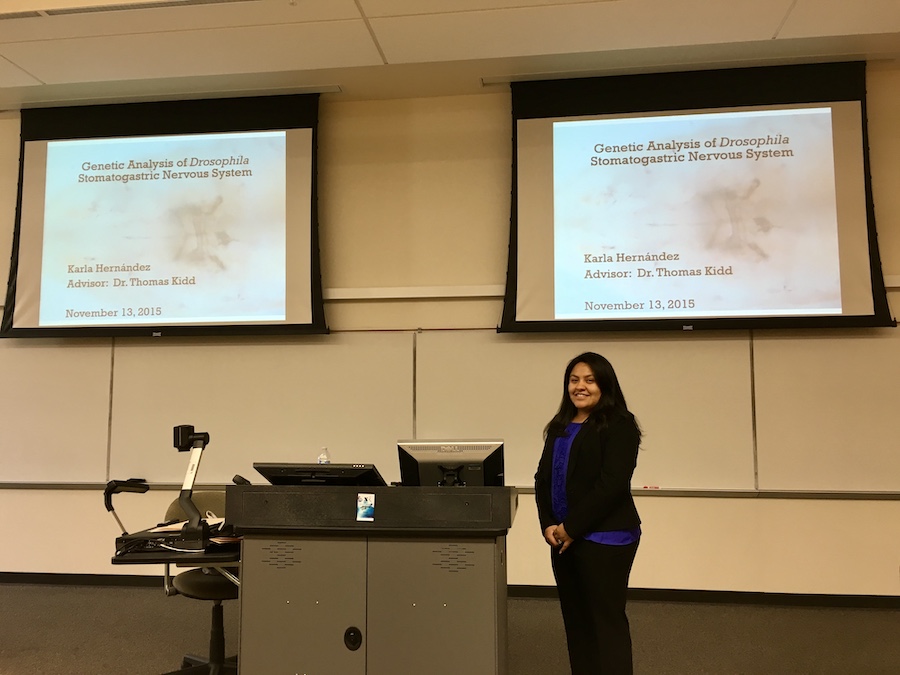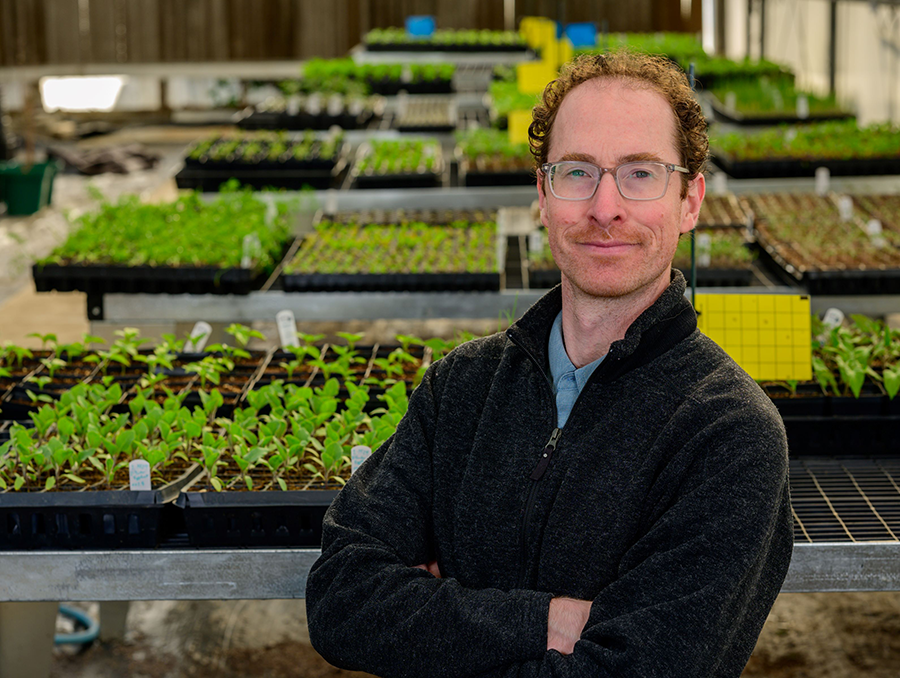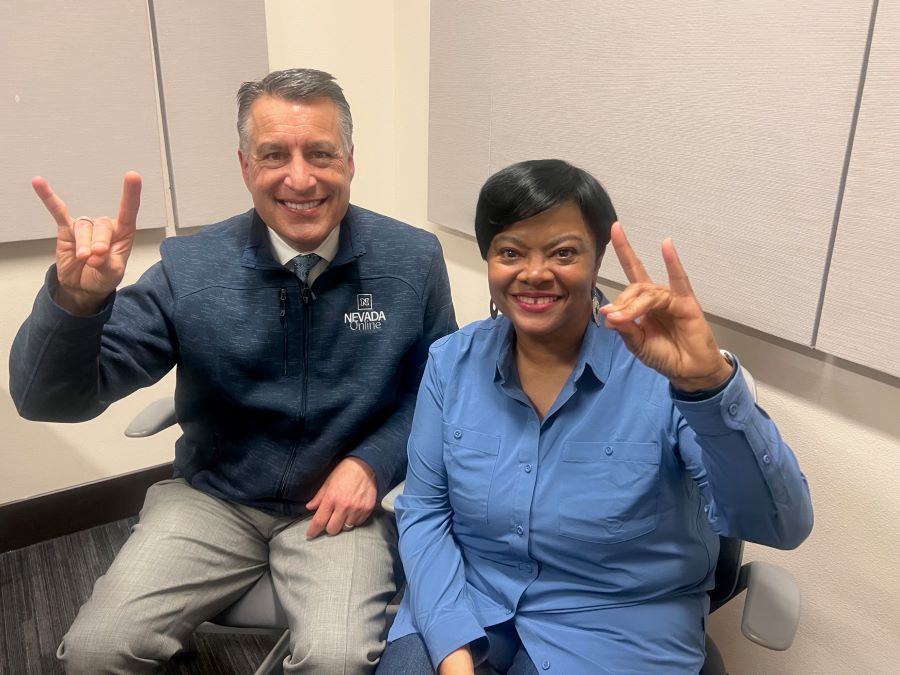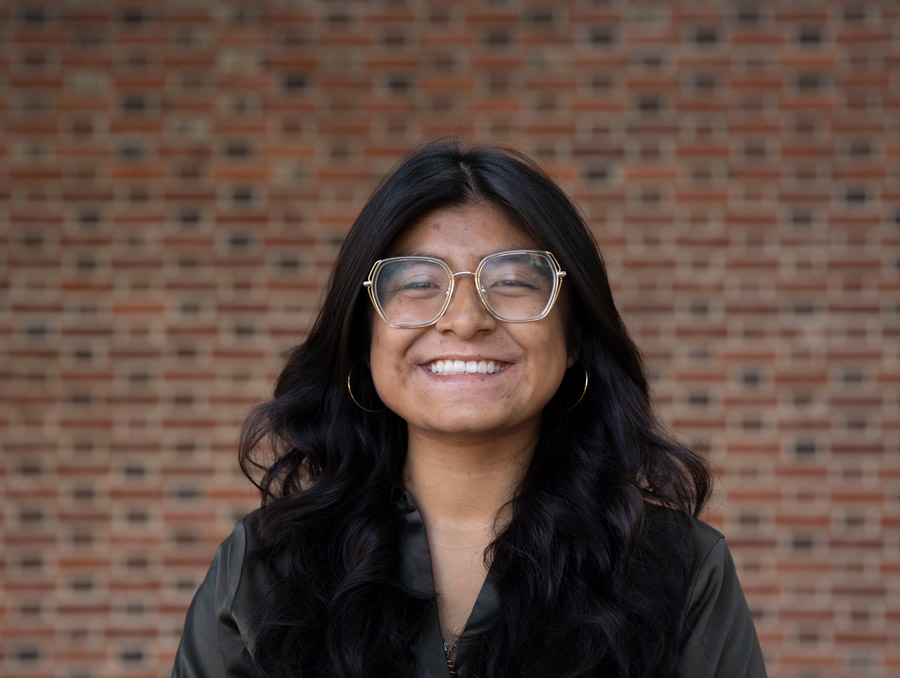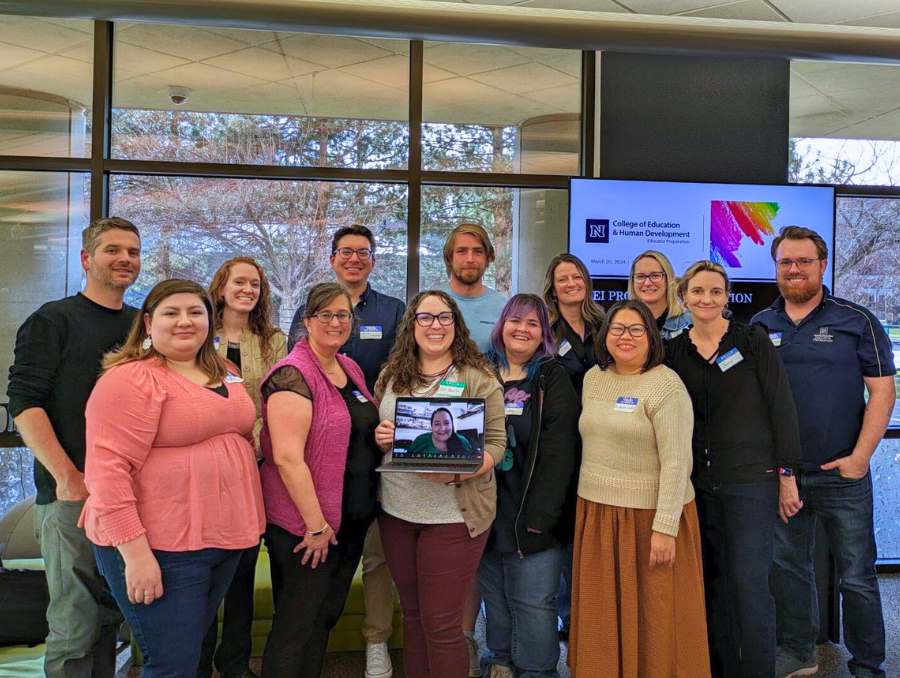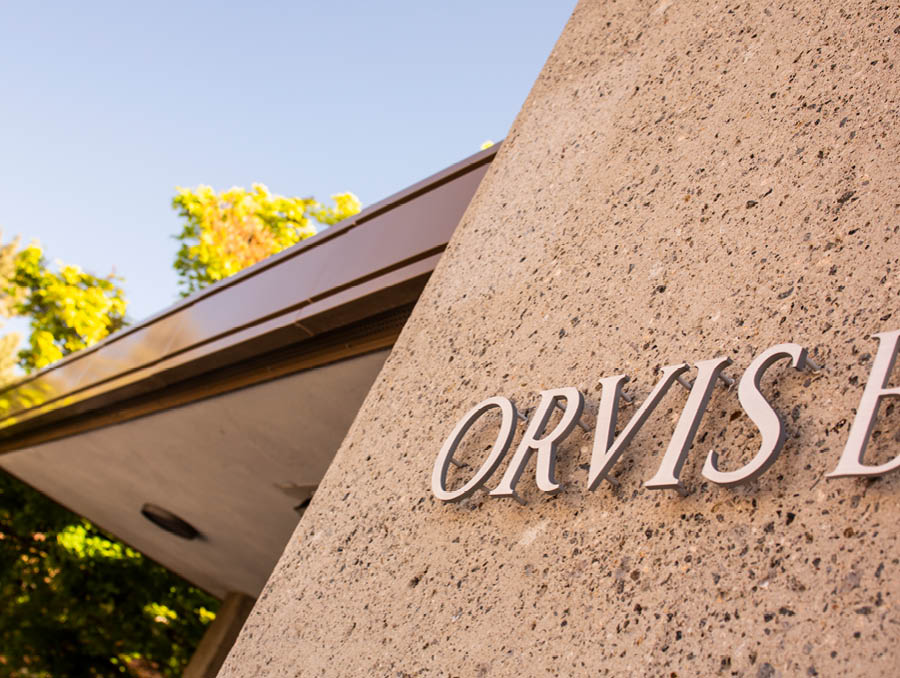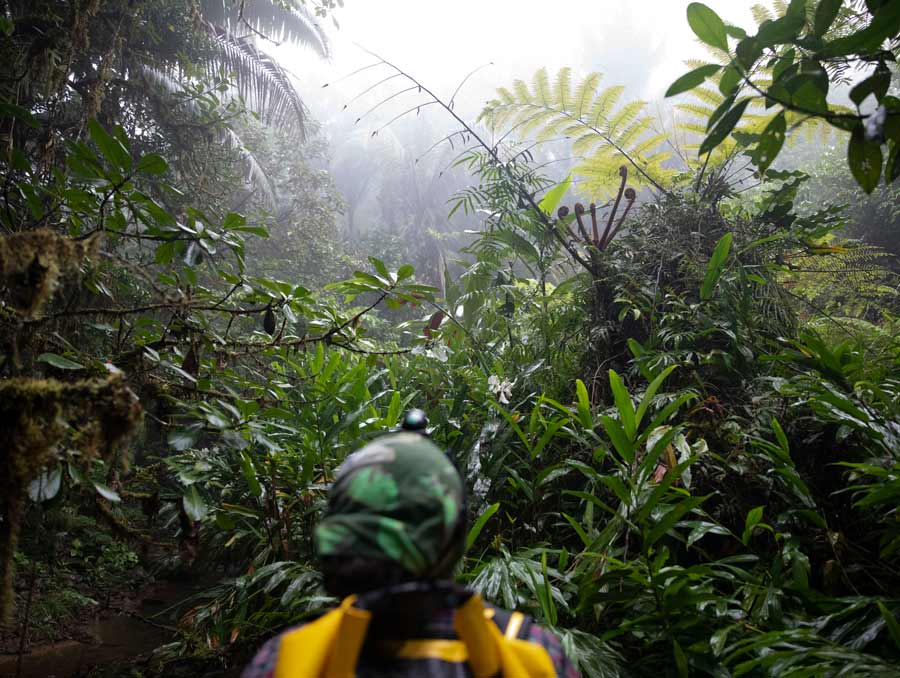Kam K. Leang is one of 10 scientists from around the country selected by NBC News and the National Science Foundation to be featured in the latest installment of NBC Learn's Science of Sports project that highlights how science relates to sports in the Olympics.
In the just-released series of videos produced through the NBC/NSF collaboration "Science and Engineering of the 2014 Olympic Winter Games", Leang is explaining his student capstone design projects about vibration damping in skis and using nanotechnology to build a better performing ski.
He is an associate professor of mechanical engineering and an avid skier. When he's not in the classroom, his electroactive autonomous systems lab or designing and building skis as a hobby, he's out in the backcountry of the Sierra Nevada mountains carving turns on his handmade skis.
"It's great to be a part of this effort to show how science and engineering is important, to make engineering and science relevant to kids," Leang said. "To be able to talk about engineering and skiing - two of my greatest passions - is exciting, and to be able to share is rewarding."
"Science and Engineering of the 2014 Olympic Winter Games" is the latest installment in the Emmy Award-winning "Science of Sports" series. The 10-part video collection, narrated by NBC Olympics' hockey host Liam McHugh, delves into the physics, engineering, chemistry, design and mathematics behind the world's foremost sporting event.
"Being selected for the video project was a complete surprise and I'm humbled, to say the least," Leang said. "I really credit the University of Nevada, Reno for supporting my teaching and research activities. And, I'm happy to see that my ideas excite students about engineering and science."
Leang has been making skis as a hobby for more than 10 years and has been working in the nanotechnology research arena for 14 years.
"It all started back when I was a Ph.D. student," he said. "I needed something to do to relax after my studies. I was pretty passionate about backcountry skiing and ski mountaineering and at the same time I was really excited about engineering, so I combined the two and started making skis for fun."
Making skis was one thing, and Leang's insatiable curiosity and creativity led him to experiment with nanomaterials to enhance the performance of skis. He came up with the idea and implemented it in his capstone design class to excite and show students about the potentials of nanotechnology.
Even though it has been more than 10 years since he made his first pair of skis in a garage, he is still experimenting and tinkering in his garage at home.
"It's fun and relaxing to design, build and then ski them."
Applying the use of nanomaterials to designing high-performance skis and sports equipment seemed to Leang like it would get students excited about the subject, so he pursued a grant from the National Science Foundation for a senior design course a few years ago.
"The student teams have really amazed me with their concepts, designs and finished products," he said. "We've had great success with some community business partners in applying the concepts and designs into the real world. Amazon.com is saving money in their Reno plant using the student-developed robotic delivery system, G.E. will save money using an energy-harvesting device incorporated into large motors at their facilities, and at Ibara, Inc. in Sparks there's great promise for a tank inspection system one of our teams developed to inspect pipes and tanks in Ibarra's global market."
The class was designed as part of the Energy Efficient Systems and Dynamic Structures mechanical engineering curriculum made possible through the National Science Foundation's Nanotechnology Undergraduate Education in Engineering program.
"It's worked out great and we continue to offer and expand the course; students are truly enthusiastic about developing new technologies," he said.
The work by Leang and his students attracted the NSF and NBC as they prepared for this year's video program to coincide with the Sochi Olympics.
In the video, juxtaposed with Leang's science, is Squaw Valley's Olympic skier Julia Mancuso carving turns through a race course.
"The producers didn't mention Julia Mancuso at all. So I was 100 percent surprised and very honored to be featured with her. She is obviously an amazing and talented skier," he said.
"These stories demonstrate the interplay between sports and engineering, in areas from robotics to medical treatments," Pramod Khargonekar, NSF assistant director for engineering, said. "We hope the impressive feats of athletes and engineering researchers will engage and inspire young people, as they see how engineering technologies can change many facets of our lives."
Lesson plans and activities featuring the "Science of Sports" provided by the National Science Teachers Association can be used by teachers around the country to turn the Winter Olympics into a learning experience for their students, just as Leang has done with skiing, sports and engineering at the undergraduate university level.
"Teachers are always looking for new and innovative ways of cultivating student interest in science, technology, engineering, and math," David Evans, National Science Teachers Association executive director, said. "The 'Science and Engineering of the 2014 Olympic Winter Games' videos provide teachers with an opportunity to connect their curriculum to real-world applications, which enhances student engagement and provides examples of how their learning is linked to events happening outside the classroom."
"We are very excited to release this special series, as the Sochi Olympics nears, and build on our innovative partnership with NSF," Soraya Gage, general manager of NBC Learn, said. "Viewers will be able to watch and learn how science and design concepts play an essential role in the Olympic experience."
Leang is always looking for new ways to engage and excite students about engineering, so he foresees more work in this area.
"My main goal as an educator and researcher is to inspire students and make an impact," Leang said. "For me, it's exciting to see the application of science and engineering in winter sports and connecting it with the Sochi Olympics. It's a great way to engage and excite students, with the hope of inspiring them to pursue careers in science, technology, engineering and mathematics."
